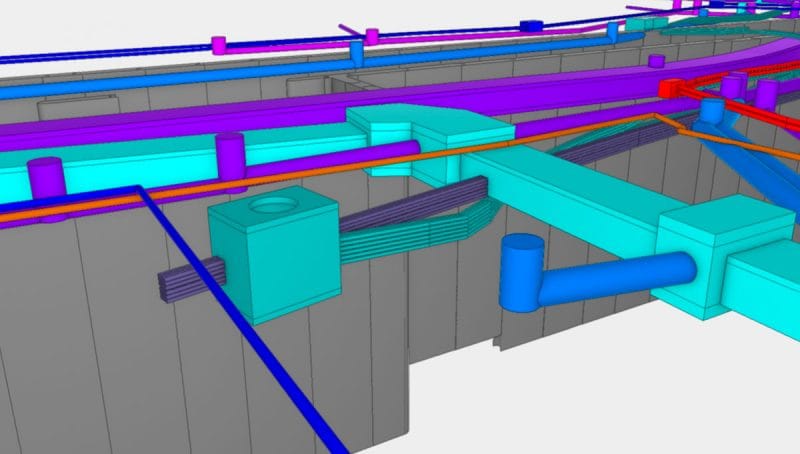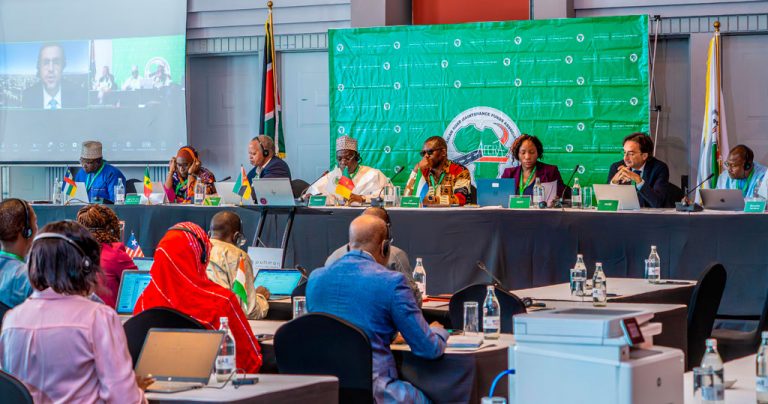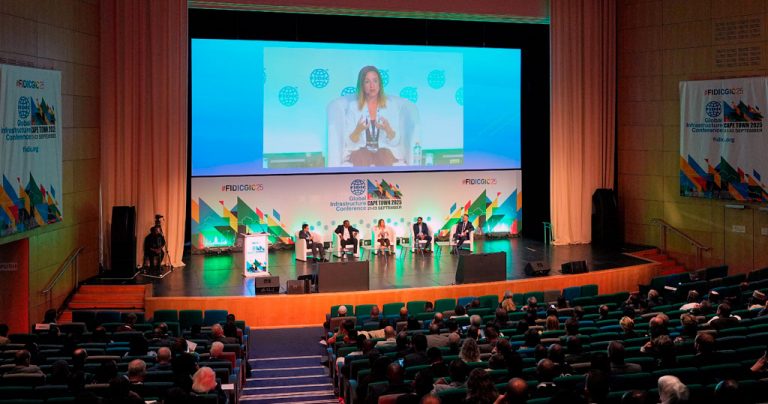As part of the project to expand the Malaga metro northwards, TYPSA is carrying out the construction supervision of the infrastructure and track superstructure works for the Guadalmedina station – Hilera section, which is part of the line 2 extension to the Public Hospital.
This section covers a total length of approximately 637 m up to the Hilera station, running beneath the streets of Armengual de la Mota, Hilera and Santa Elena, and includes the redevelopment of the affected area. Works started in January 2024 and are progressing according to schedule, with completion expected in early 2027.
 Map of the Guadalmedina-Hilera section
Map of the Guadalmedina-Hilera section
The tunnel between Guadalmedina and Hilera has a clear width between diaphragm walls of 8 m along the line and 15.5 metres at Hilera station. Running at an average depth of 13 m below street level, the station itself reaches a depth of almost 14 m. The track platform will have a double slab track, and the station will include an entrance pavilion with a lift and a staircase core consisting of two lateral escalators and a central pedestrian staircase.
The station will also include an intermediate concourse on level -1 and a central platform on level -2, 66 m long and 7.5 m wide, for passenger access to the trains. The station’s functional design is identical to that of other stations already in operation on the Málaga Metro network.
 Illustration: entrance – new Hilera station
Illustration: entrance – new Hilera station
The execution method used for the construction of the tunnel is the so-called cut and cover, first executing the side screens that make up the gables of the tunnel, and then proceed to the archaeological excavation in extension and then to execute the roof slab that serves, in turn, to brace the screens on the head.
The construction method used for the tunnel is the cut-and-cover technique. First, the diaphragm walls are constructed, forming the sidewalls of the tunnel, followed by full-area archaeological excavation. Next, the roof slab is built, which also acts as a strut for the diaphragm walls at their head.
Once the roof slab is completed, excavation continues beneath it, starting with the first level. After constructing the strut slabs and the concourse slab at this level, excavation proceeds to the second level, culminating in the construction of the invert slab (bottom slab), which will support the installation of the track superstructure.
This methodology allows for the redevelopment of the affected surface areas and the return to public use as soon as the roof slabs are completed. This helps minimise disruption in sensitive and densely populated city central areas with significant commercial activity, such as this section.
 Cut and Cover construction procedure
Cut and Cover construction procedure
In September, the diaphragm walls were completed, having been executed continuously since diaphragm wall equipment began operating in July 2024. Two full teams worked simultaneously, each equipped with its own sludge treatment plant.
 Equipment for the execution of walls and screens on Hilera street
Equipment for the execution of walls and screens on Hilera street
The relocation of affected utility services was critical to this progress. Given that the route runs through key arteries of the city, there was an impact on high and low voltage power lines, major sewer collectors, water supply lines, as well as main communication, lighting, and gas networks. Extensive coordination with the relevant utility providers, public bodies, and Málaga City Council, particularly the Mobility Department, was needed to manage all the necessary traffic diversions for service restoration.
 BIM tunnel modelling and replacement of services affected by the works
BIM tunnel modelling and replacement of services affected by the works
On September 4th, the Minister for Development, Land Planning and Housing of the Andalusian Regional Government visited the site to mark the completion of the diaphragm walls across the entire section — a milestone that signifies 50% overall project progress. During the visit, the Minister, accompanied by other authorities and members of the TYPSA technical assistance team, also reviewed the progress in the construction of the tunnel roof slab.
 Institutional visit by the Minister for Development (Source Diario Sur)
Institutional visit by the Minister for Development (Source Diario Sur)
The project is being developed using BIM methodology, which has proved extremely useful for detecting interferences, especially for the replacement of services affected by the works, as well as for monitoring production, obtaining measurements from the models and using these measurements in work certifications.
 Modelling and interference detection in affected services replacement
Modelling and interference detection in affected services replacement
TYPSA is significantly linked to the development of the Malaga metro expansion because, in addition to the supervision of this section, it is carrying out a preliminary study of the network extension to the north (Ciudad Jardín), east (Rincón de la Victoria) and west (Campanillas) of the city, to meet the mobility demand identified in these areas. TYPSA has recently been commissioned with the detailed design of architecture and systems for the entire Guadalmedina-Civil Hospital section. The 1.8 km long underground section has three stations and works include the railway systems, electrification, communication and signalling of the new line, as well as the architecture and MEP systems of Hilera, La Trinidad and Public Hospital stations.


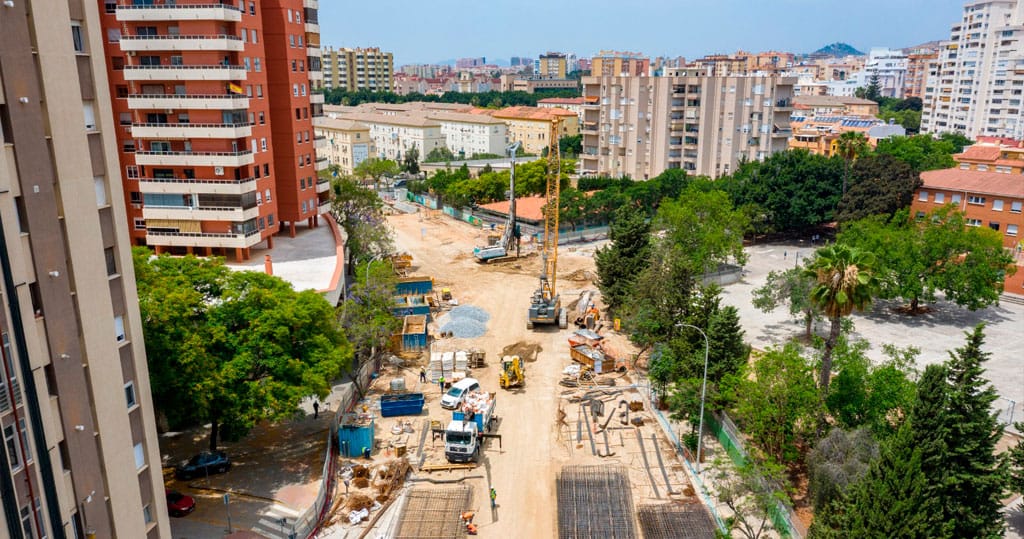
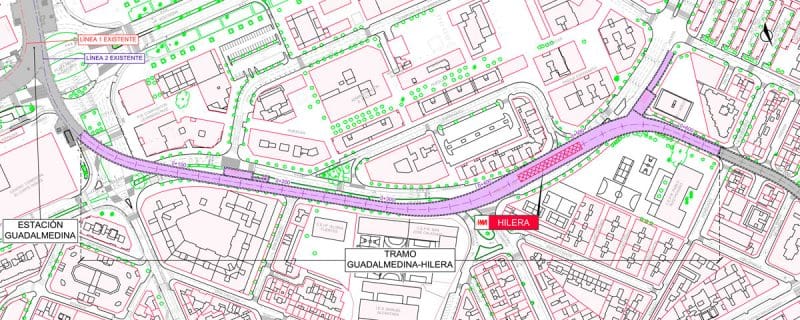
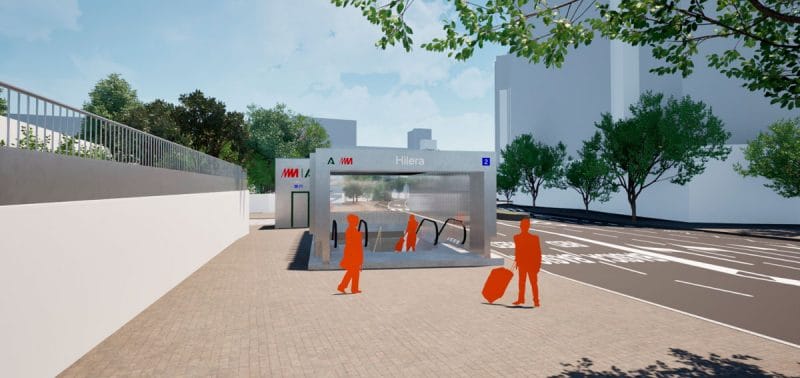 Illustration: entrance – new Hilera station
Illustration: entrance – new Hilera station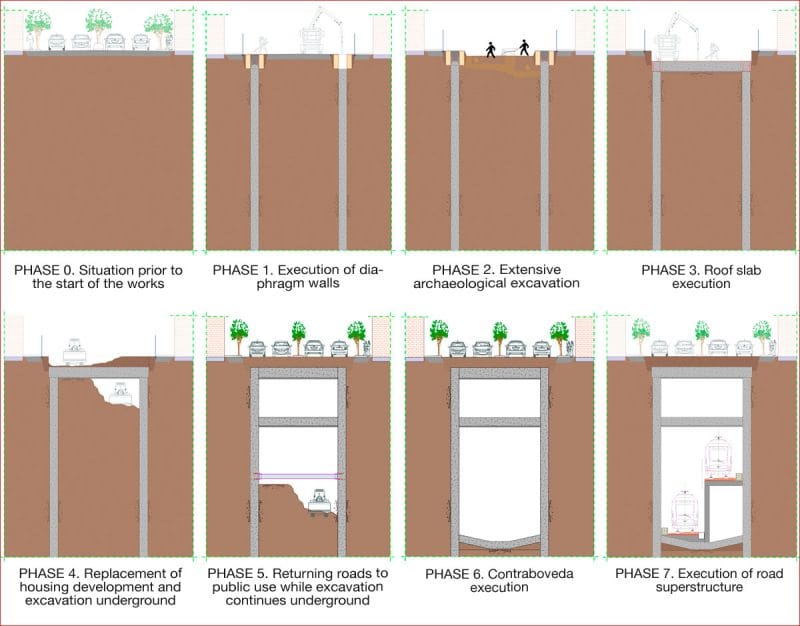 Cut and Cover construction procedure
Cut and Cover construction procedure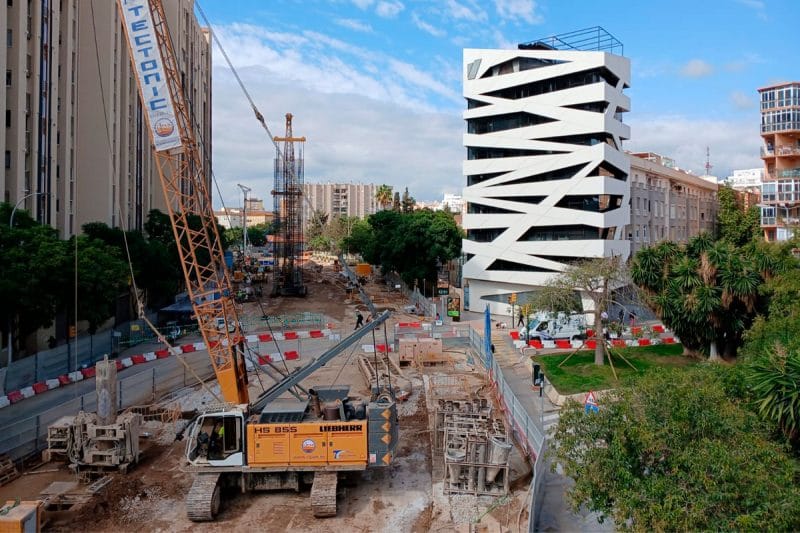 Equipment for the execution of walls and screens on Hilera street
Equipment for the execution of walls and screens on Hilera street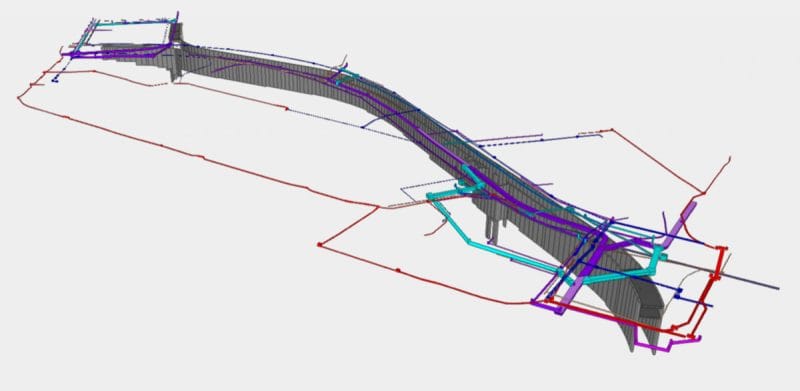 BIM tunnel modelling and replacement of services affected by the works
BIM tunnel modelling and replacement of services affected by the works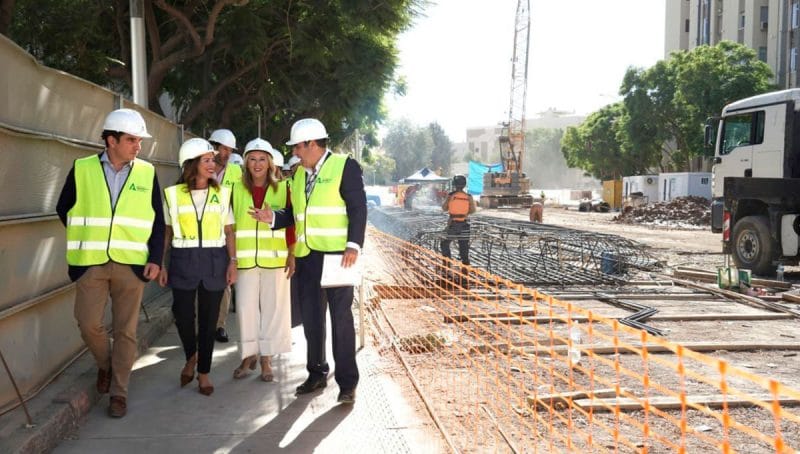 Institutional visit by the Minister for Development (Source Diario Sur)
Institutional visit by the Minister for Development (Source Diario Sur)